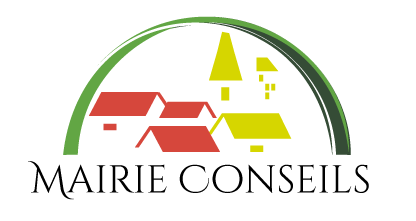• Markets
• Communal forests; Mbiame forest
• Touristic sites like; sacred shrines in villages, caves, exquisite landscape and other attractions like the Fon’s palace
• A hotel de ville is under construction.
• Soils: The predominant soil types here are sandy, clay, loam, sandy loam, gravel light soils, humus and alluvial soils found mostly in the plains with colors ranging from red, brown, black and dark colors, which are very fertile. The alluvial soil type in the plain is rich in organic matter and good for growing a variety of crops including off-season crops.
• Flora and Vegetation: the lower section of the sub division especially Tiywong, Ngorin, Maasan are characterized by a natural gallery forest and some grassland. The middle and upper parts of the municipality is mainly made up of the savannah grassland with few patches of the natural reserved community forest in Mbiame.
• Fauna: Some of the birds that can be found are; bannerman’s turaco, green turaco, Bamenda apalis, Banded wattle eye pigeon. Wild life animals include; monkeys, hare, panthers, wolf duckers, rock hyrackers, giant rats, cane rats. Reptiles include; African rock pythons, two horn chameleons, green grass mambas, black mambas, two horn stunted snails, spitting cobras, green grass snakes, green tree cobras, black cobras and brown harmless snakes.
• Mineral resources: black stone quarries, sand and laterite pits. The products from such quarries are often used for house construction and road maintenance.
• Health: inadequate access to quality health services in the villages, due to inadequate infrastructure and equipment and shortage of quality drugs.
• Environment and nature protection: haphazard exploitation of the environment due to unsustainable respect of environment policies.
• Women empowerment and family: gross marginalization of women and abuse of their rights due to no centers for information and illiteracy.
• Water and energy: poor access to portable water and energy coverage due to lack of finances.
• Education: Inadequate access to quality basic education services and facilities and lack of higher institutions, due to lack of funds and staff.
• Public works: high cost transportation, due to limited financial sources and no maintenance of the roads.
• North: Donga Mantung Division and Adamawa Region
• South West: Kumbo
• South East and East: the Noun Division of Western Region
• Agriculture: (Maize, Cassava, Groundnuts, Beans, Yam, Solanum Potato, Sweet potatoes, Rice, Plantain, Tomatoes, Pepper, Oranges, Kolanuts, Egusi, Ginger, garlics, Palm, Water melon, mangoes, kola nuts and Onion). Virtually the entire population practice agriculture either in large or small scale. Even the civil servants posted to the municipality practice agriculture to encourage the local population to do farming.
• Sylviculture: the planting and exploitation of eucalyptus.
• Livestock: (cattle, goats, sheep, local poultry and pigs) animal husbandry is practiced here.
• Commerce: sales of food stuff and petty trading, in the markets. There are two (02) categories of traders in this sector within the municipality- the wholesale & retail traders and the licensed traders.
• Industry: the only industries are small agro- industrial machines involved with the transformation of agricultural products like palm, cassava, and maize.
• Others include: small medium size enterprises, services from organizations, hunting, forest exploitation, fishing and craftsmanship.
• Climate: Mbven sub-division is characterized by the two equator-tropical climates. Rainfall is 2400mm with temperature ranging between 10°C and 38°C in the highlands and the plains respectively. The rain fall pattern allows for both perennial and annual crops to grow thus allowing for two cropping seasons.
• Relief: two major relief zones; the low lying plains and the upper plains.
• Hydrology: Many flowing streams take their source from the numerous hills in the upper part of Mbiame and flows downward to the lowland. As well as the River Mbven and other small scale in the rivers around Mbohnso, Lip and Mansaan. Fishing is practiced in this rivers.
